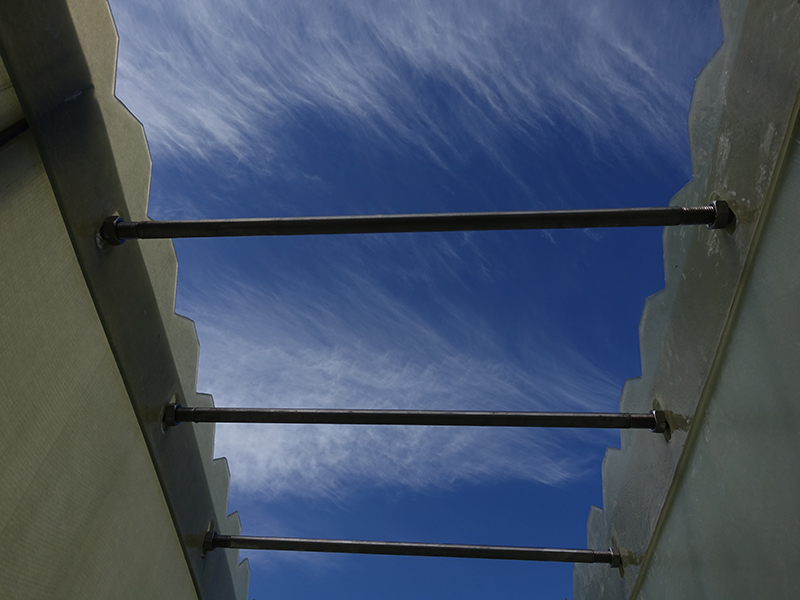
-
 Afrikaans
Afrikaans -
 Albanian
Albanian -
 Amharic
Amharic -
 Arabic
Arabic -
 Armenian
Armenian -
 Azerbaijani
Azerbaijani -
 Basque
Basque -
 Belarusian
Belarusian -
 Bengali
Bengali -
 Bosnian
Bosnian -
 Bulgarian
Bulgarian -
 Catalan
Catalan -
 Cebuano
Cebuano -
 China
China -
 China (Taiwan)
China (Taiwan) -
 Corsican
Corsican -
 Croatian
Croatian -
 Czech
Czech -
 Danish
Danish -
 Dutch
Dutch -
 English
English -
 Esperanto
Esperanto -
 Estonian
Estonian -
 Finnish
Finnish -
 French
French -
 Frisian
Frisian -
 Galician
Galician -
 Georgian
Georgian -
 German
German -
 Greek
Greek -
 Gujarati
Gujarati -
 Haitian Creole
Haitian Creole -
 hausa
hausa -
 hawaiian
hawaiian -
 Hebrew
Hebrew -
 Hindi
Hindi -
 Miao
Miao -
 Hungarian
Hungarian -
 Icelandic
Icelandic -
 igbo
igbo -
 Indonesian
Indonesian -
 irish
irish -
 Italian
Italian -
 Japanese
Japanese -
 Javanese
Javanese -
 Kannada
Kannada -
 kazakh
kazakh -
 Khmer
Khmer -
 Rwandese
Rwandese -
 Korean
Korean -
 Kurdish
Kurdish -
 Kyrgyz
Kyrgyz -
 Lao
Lao -
 Latin
Latin -
 Latvian
Latvian -
 Lithuanian
Lithuanian -
 Luxembourgish
Luxembourgish -
 Macedonian
Macedonian -
 Malgashi
Malgashi -
 Malay
Malay -
 Malayalam
Malayalam -
 Maltese
Maltese -
 Maori
Maori -
 Marathi
Marathi -
 Mongolian
Mongolian -
 Myanmar
Myanmar -
 Nepali
Nepali -
 Norwegian
Norwegian -
 Norwegian
Norwegian -
 Occitan
Occitan -
 Pashto
Pashto -
 Persian
Persian -
 Polish
Polish -
 Portuguese
Portuguese -
 Punjabi
Punjabi -
 Romanian
Romanian -
 Russian
Russian -
 Samoan
Samoan -
 Scottish Gaelic
Scottish Gaelic -
 Serbian
Serbian -
 Sesotho
Sesotho -
 Shona
Shona -
 Sindhi
Sindhi -
 Sinhala
Sinhala -
 Slovak
Slovak -
 Slovenian
Slovenian -
 Somali
Somali -
 Spanish
Spanish -
 Sundanese
Sundanese -
 Swahili
Swahili -
 Swedish
Swedish -
 Tagalog
Tagalog -
 Tajik
Tajik -
 Tamil
Tamil -
 Tatar
Tatar -
 Telugu
Telugu -
 Thai
Thai -
 Turkish
Turkish -
 Turkmen
Turkmen -
 Ukrainian
Ukrainian -
 Urdu
Urdu -
 Uighur
Uighur -
 Uzbek
Uzbek -
 Vietnamese
Vietnamese -
 Welsh
Welsh -
 Bantu
Bantu -
 Yiddish
Yiddish -
 Yoruba
Yoruba -
 Zulu
Zulu
fiberglass fan
Understanding Fiberglass Fans A Comprehensive Overview
Fiberglass fans, also known as FRP (Fiber Reinforced Plastic) fans, are increasingly becoming a popular choice in various industries due to their unique properties and advantages. This article explores the characteristics, benefits, applications, and maintenance of fiberglass fans, shedding light on why they are an essential asset in modern ventilation systems.
What are Fiberglass Fans?
Fiberglass fans are ventilation devices constructed from a composite material made of plastic reinforced with glass fibers. This combination results in a lightweight yet incredibly strong material that is resistant to many chemical and environmental factors. These fans are designed to move air efficiently and effectively in both industrial and commercial settings.
Key Characteristics
1. Corrosion Resistance One of the standout features of fiberglass fans is their exceptional resistance to corrosion. Unlike traditional metal fans, fiberglass does not rust or degrade when exposed to harsh environments, including chemicals and moisture. This makes them ideal for applications in chemical processing plants, wastewater treatment facilities, and other corrosive environments.
2. Lightweight Design The lightweight nature of fiberglass makes these fans easier to handle and install. This can result in lower labor costs and simpler installation processes compared to heavier metal fans.
3. High Strength-to-Weight Ratio Fiberglass fans maintain a high strength-to-weight ratio, which allows for durability without excessive weight. They can withstand substantial operational demands while remaining efficient.
4. Thermal Resistance Fiberglass fans can operate under a wide range of temperatures. They maintain structural integrity even at elevated temperatures, making them suitable for various applications.
Advantages of Fiberglass Fans
fiberglass fan

One of the primary advantages of fiberglass fans is their design flexibility. Manufacturers can customize the shape and size of these fans to meet specific airflow and pressure requirements. This adaptability makes them suitable for various uses, including exhaust systems, forced ventilation, and process cooling.
Additionally, fiberglass fans are energy-efficient. They are designed to provide optimal airflow with minimal energy consumption, contributing to lower operational costs. Their lower weight also means reduced strain on motors and drive systems, leading to longer equipment life.
Applications
Fiberglass fans find their place in a myriad of industries. They are widely used in the following areas
- Chemical Manufacturing Their resistance to corrosion and chemicals makes them perfect for moving air in environments where harsh substances are present. - Pulp and Paper Industry Used for ventilation and drying applications, fiberglass fans help maintain the necessary conditions for efficient production. - Mining Operations To ensure a safe working environment, fiberglass fans are employed to ventilate tunnels and shafts, where moisture and corrosive gases may be present. - Food Processing Fiberglass fans offer a hygienic choice for ventilation, as they do not harbor bacteria or mold.
Maintenance and Care
Maintaining fiberglass fans is relatively straightforward. Regular inspections should include checking for any signs of wear, damage, or buildup of contaminants. The fans should be cleaned periodically to maintain efficiency and performance. Unlike metal fans, they do not require coatings or paints to prevent rust or corrosion, which simplifies maintenance.
Conclusion
Fiberglass fans are a remarkable innovation in the field of ventilation technology. Their strength, lightweight design, chemical resistance, and energy efficiency make them a superior choice for many industrial applications. As industries continue to seek sustainable and cost-effective solutions, fiberglass fans will undoubtedly play a crucial role in shaping the future of air management systems. Embracing these fans not only ensures effective ventilation but also promotes a safer and more efficient working environment.









